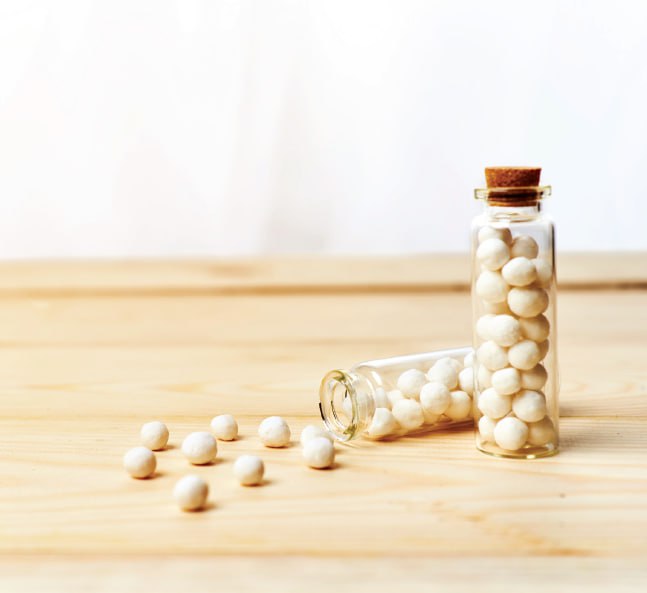
Definition:
Very small spherical granules (usually 0.1 to 1 mm in diameter) that are primarily made of sucrose or a combination of sucrose and starch.
Application:
Used as an inert core for drug layering. The desired drug is applied as a layer onto these granules, and then specific coatings (such as enteric or sustained-release coatings) may be added.
In medications such as:
کپسولهای پلتدار (pellet capsules)
داروهای پوششدار رودهای (enteric-coated)
فرمولاسیونهای تأخیری یا طولانیاثر (sustained/controlled release)
1. Inert and Non-reactive:
A sugar sphere is not an active drug itself and does not react with pharmaceutical ingredients. This property makes it suitable for layering a wide range of drugs.
2. Soluble and Biocompatible:
It easily degrades in the body, is non-toxic, and has no side effects. For this reason, it is considered completely safe for human use.
3. Base for Manufacturing Pharmaceutical Pellets:
The active drug is layered onto the sugar sphere. It can then be coated with coatings such as enteric or sustained-release to release the drug at a specific time or location in the gastrointestinal tract.
4. Improved Dose Control and Efficacy:
Because the granules are uniform in size, the drug can be dosed more precisely and its release can be better controlled.
5. Increased Drug Stability:
Drugs layered onto sugar spheres are often more stable and better protected against light, moisture, and chemical degradation.
6. Improved Gastrointestinal Tolerance:
By using sugar spheres with controlled layering, the drug has less direct contact with the stomach lining, resulting in reduced discomfort.